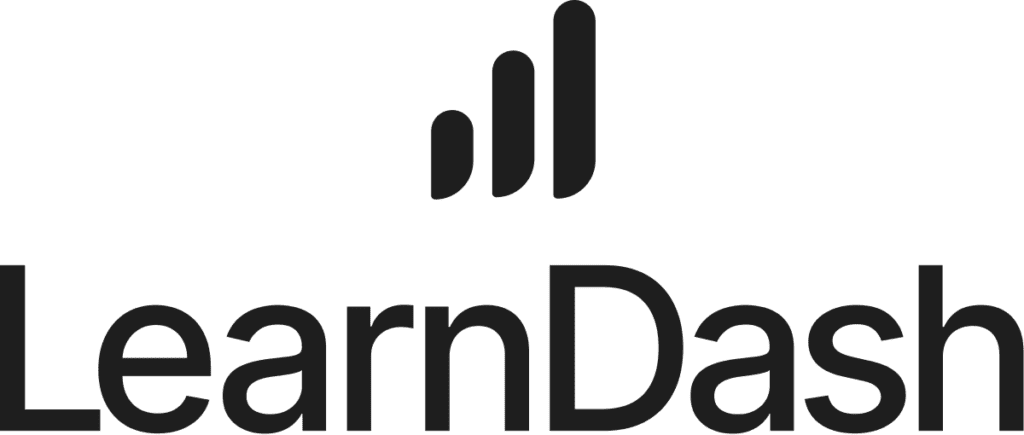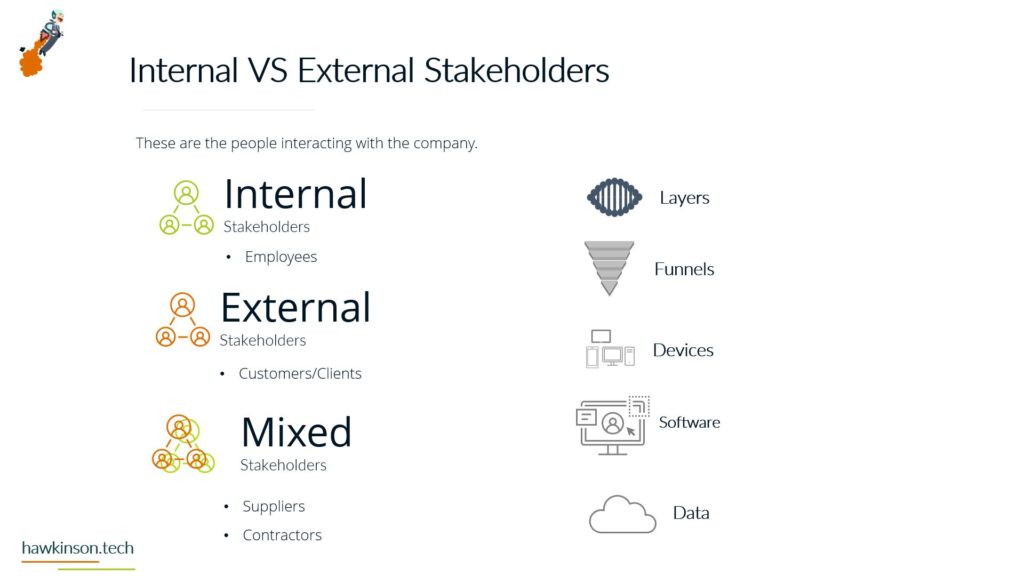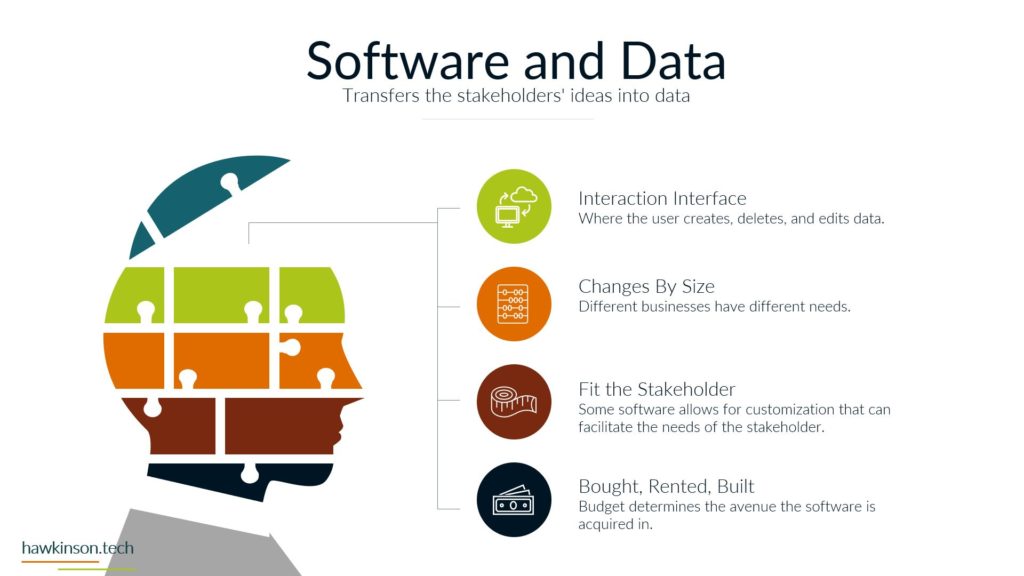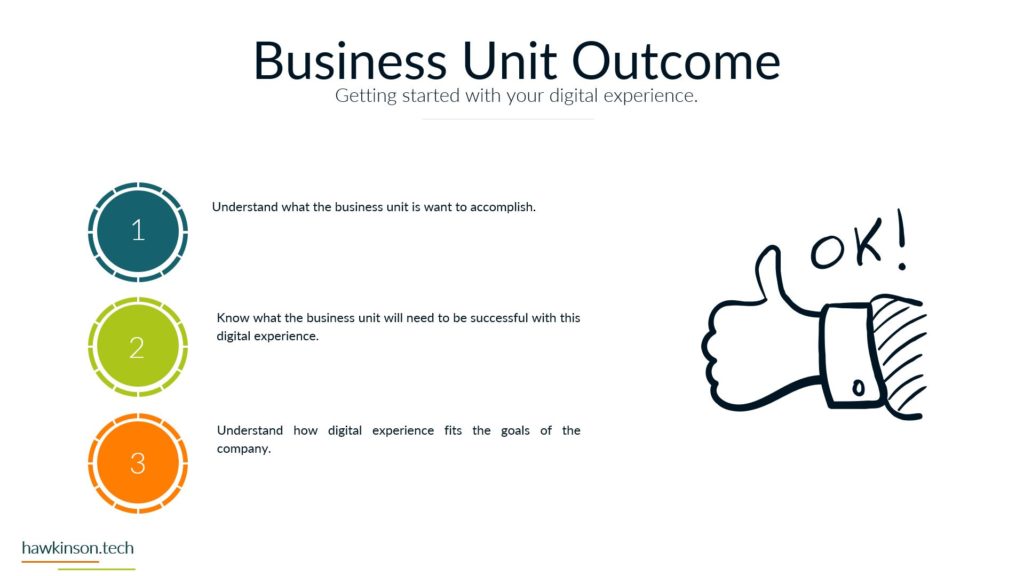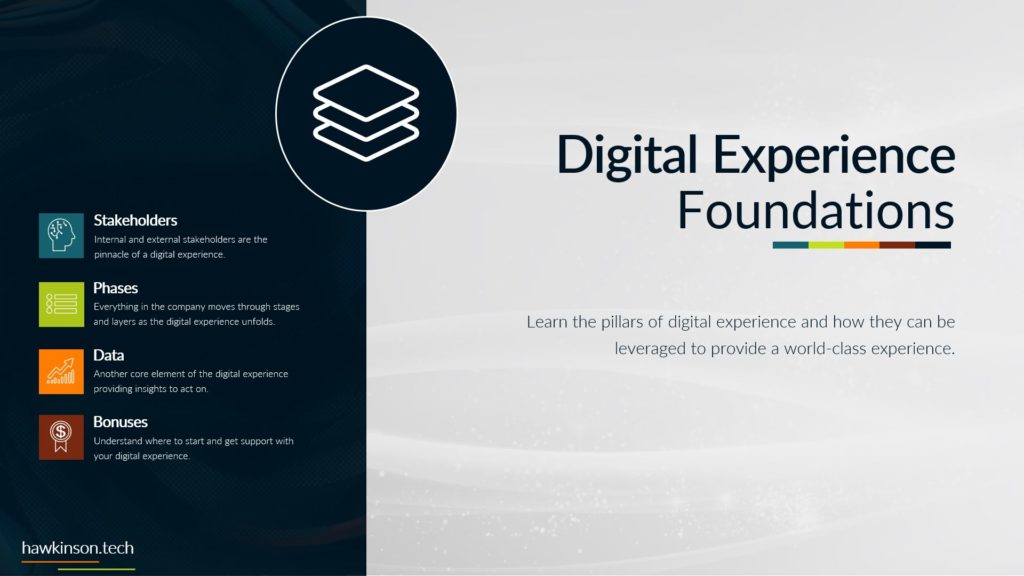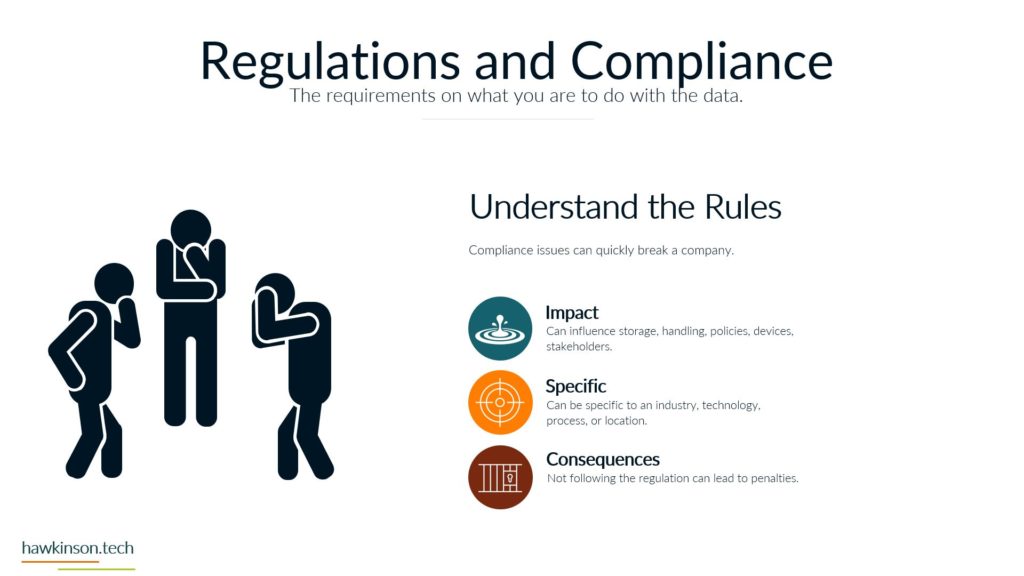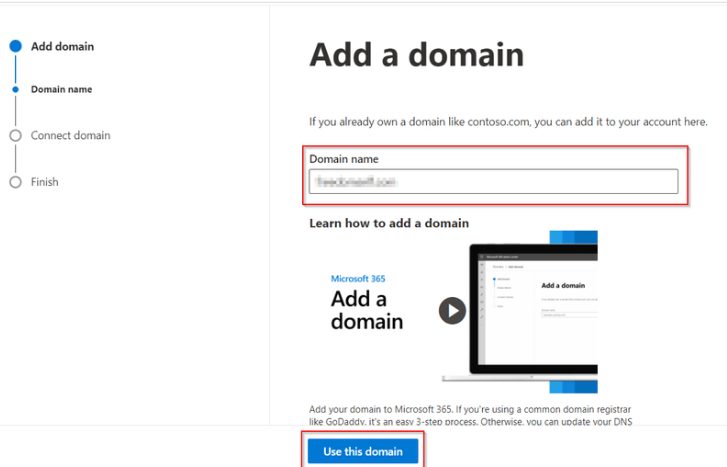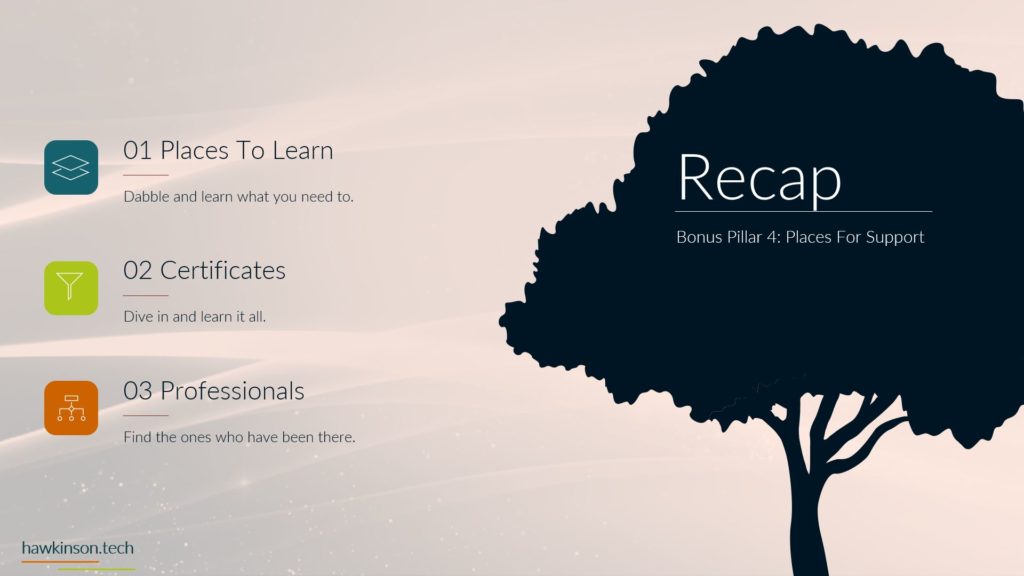If you want to use WordPress to develop an online course, LifterLMS is among the best solutions. It offers a number of strong features that make it possible to deliver online training programs effectively. For most plugins, free versions serve as a demo of the actual service, but LifterLMS transcends this rule and is free.
Key Features
Compatibility
All well-liked page builders, such as Beaver Builder, Elementor, and Gutenberg, are accessible with LifterLMS. Moreover, LifterLMS supports many WordPress themes, including popular ones like OceanWP, Astra, and ConsultPress. Moreover, the LaunchPad theme complements it the finest.
Simple to Use
Consumers value simplicity most because they don’t want to navigate a complex interface. LifterLMS is practical and has appealing features for adding memberships, diplomas, and courses. After downloading the plugin, integrating various add-ons is simple and only requires one click.
Customer Support
Users can discover solutions to their issues on LifterLMS’s specialized help and support website. Its extensive knowledge base addresses all the recurrent problems.
More Features
- Grade books
- Quizzes
- Flexible payments
- Course tracks
- Course discussions











